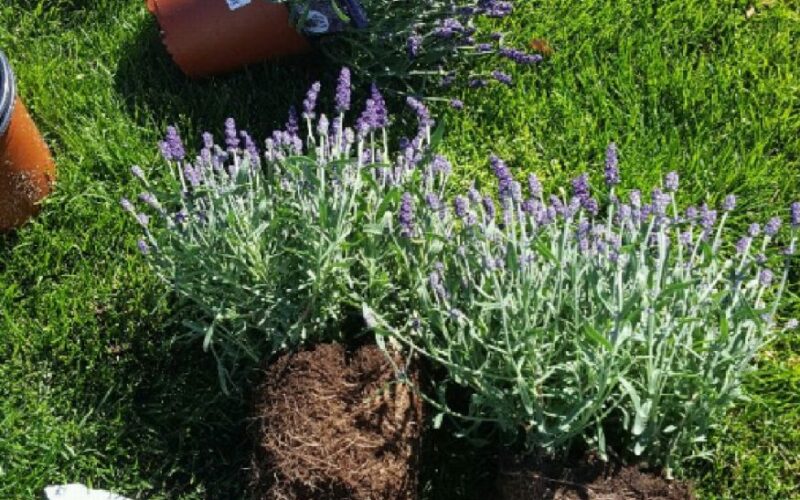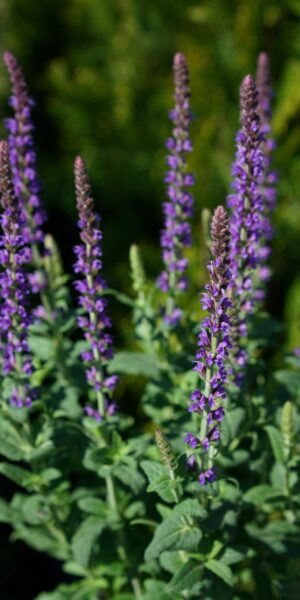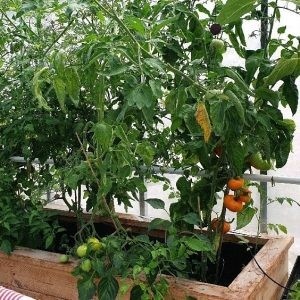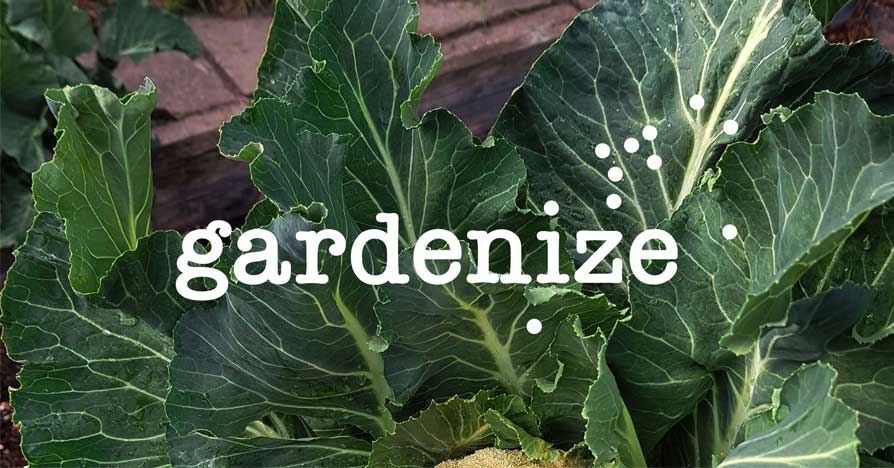Garden checklist August, UK
In August, there is still summer left to take advantage of. The days offer alternating sunshine and alternating rain, which makes the soil easy to work again. Many plants continue to offer color, aroma, and taste when the harvest time is at its best. When the opportunity arises, there are a number of things that are good to do in the garden, and here are Gardenize tips on things to do in the garden in August.
What to do in the garden in August
General Tasks
Weeding
Weed grows less if the summer has been dry and generally you will find fewer weeds during this period compared to the earlier part of the season. However, it is best to keep on top of it and get rid of the weeds that you can find in the garden.
Watering
We recommend that you water regularly during August to encourage healthy growing plants and to avoid them from bolting too early. Give some extra love when it comes to water for those plants that seem a bit tired and wilt. If they look really bad, water them in the morning and then one more time later in the day when the temperature has dropped.
Collect material and cover
If you rake clipped grass together, feel free to place them as cover material on your crops, around hedges, or under berry bushes. The grass clippings contain lots of nutrients, keep the moisture in the soil and keep the weeds at bay.
Seeds
Collect seeds that you would like to save for the next year.
Pruning
When you have picked your berries, make your summer pruning. Remember that you will need to prune them once again in the winter.
Harvest
Harvest regularly, some vegetables and fruit grow rapidly so it is important that you pick them before they grow too much. Check your plants each day and pick the ones that look ready to be eaten.
Pests and diseases
Control your plants and keep an eye on how they look, if they are infected with any diseases or if you find pests make sure to use the proper treatment.
Mulching
If it recently has rained, make sure to spread mulches so that you keep the moisture in the soil.
Plant
In August, it is a good time to plant shrubs and perennials.
If you are going to plant evergreen plants, it is a good idea to start with them. Then they have time to get a stable root system before winter comes.
When planting plants, dig a solid pit, water thoroughly, soak up the lump of soil and loosen the plant’s roots so that they can easily establish themselves. Mix planting soil with the existing soil and finish by watering a little extra. Feel free to look at your new planting in the coming weeks and water if necessary

Trees & Shrubs
Prune
Take out the secateurs and cut off dead branches on shrubs, trees and hedges. Also take the opportunity to thin out, for example, the currants to let in more light.
Cut the hedge
If you want a straight and neat hedge, you can advantageously tighten the string and use it as a guide.
Prune fruit trees
If you have many water shoots, it is good to remove them during JAS (July, August, September). A good, sharp secateurs are indispensable for this. Take care of your secateurs and remember to bring them in when you are done.
Lawn
If you need a new lawn, it’s a good time to do it in August. Then it is hot and humid, and the seeds have time to germinate and establish themselves before winter comes. Water sowed grass often and a little.
Is your lawn yellow and withered by summer drought? Water and fertilize and it will soon return. Read more about how to recover your lawn during late summer.

Flowers
Annual and perennial plants
- This is the best time to dig and divide your perennial flowers in the garden. Be careful when digging up the root not to damage it. Gently lift it up from the ground. Then, dived it into smaller pieces and replant.
- Dead heading both annual and perennial plants is always worthwhile. The removal of spent flowers from the plant prolongs the flowering season. Plants produce flowers as part of their reproductive process, from the flowers seed is formed. Once the seed is set the cycle is complete and a plant may reduce and eventually stop flowering. To keep plants flowering for as long as possible nip off the spent flowers.
- Support plants with tall stems and large, heavy flowers, otherwise there is a risk that they will fold in the next rain shower. You can support with eg sticks, nets or special plant supports.
- Add nutrients to the plants regularly. Especially if you have them in pots, where the supply is limited.
- Water regularly, especially if the season is dry.
Roses
- Spray and feed.
- Prune once flowering is completed.

In the Kitchen garden
- Top the tomato plants – If you have tomato plants left, you can cut off the top now. Then the plants will focus on getting the tomatoes on the plants to ripen, rather than developing more leaf mass.
- Cut off the potato tops – If the potato tops have withered, it is just as good to cut them down and remove them. The potatoes can stay in the soil for a while longer, it works as a good pantry. But by removing the tops, the risk of leaf mold and other diseases is reduced.
- Continue to fertilize the cucumber – If you have cucumber plants, you can give them some fertilizer when you water. Even if they look withered, they can produce cucumbers for a while to come. Especially if you have the cucumbers in the greenhouse.
- This is the time to plant root vegetables so you can harvest them in time for autumn – carrots, radishes, parsnips, turnips, Jerusalem artichokes.
- Take advantage of the herbs – If you have basil in a pot, it can be taken into greenhouses or indoors. Place lightly and continue watering with a little nutrient solution. You can harvest and freeze or dry other herbs. Or why not try making herbal salt? You make herb salt super easy by mixing the fresh herbs you have on hand, preferably combined with tops from fresh onions and a few cloves of garlic, and salt of course. Mix to a smooth batter and then dry on parchment paper in the oven, about 90 degrees until dry. Stir occasionally. Then mix again and pour into glass jars. Clear!
- So! – This year it is possible to sow crops such as lettuce, spinach, radishes, dill, arugula and summer carrots.

GARDENIZE GARDEN APP
Your garden friend with green fingers and photographic memory.
Gardenize is an app for gardening and cultivation that helps you to overview, understand and develop your garden and your crops. Organizing your garden makes it easier to succeed and your Gardenize app structures all information and make it searchable. You’ll get tips and inspiration from other Gardenizers around the world. All Gardenize basic features are free to use. You can download the app from the App Store or Google Play, or create an account directly in the web app in your browser. Get to know Gardenize better here.

More from Gardenize
Images published on the Gardenize website belong to Gardenize AB and may not be used without permission.



